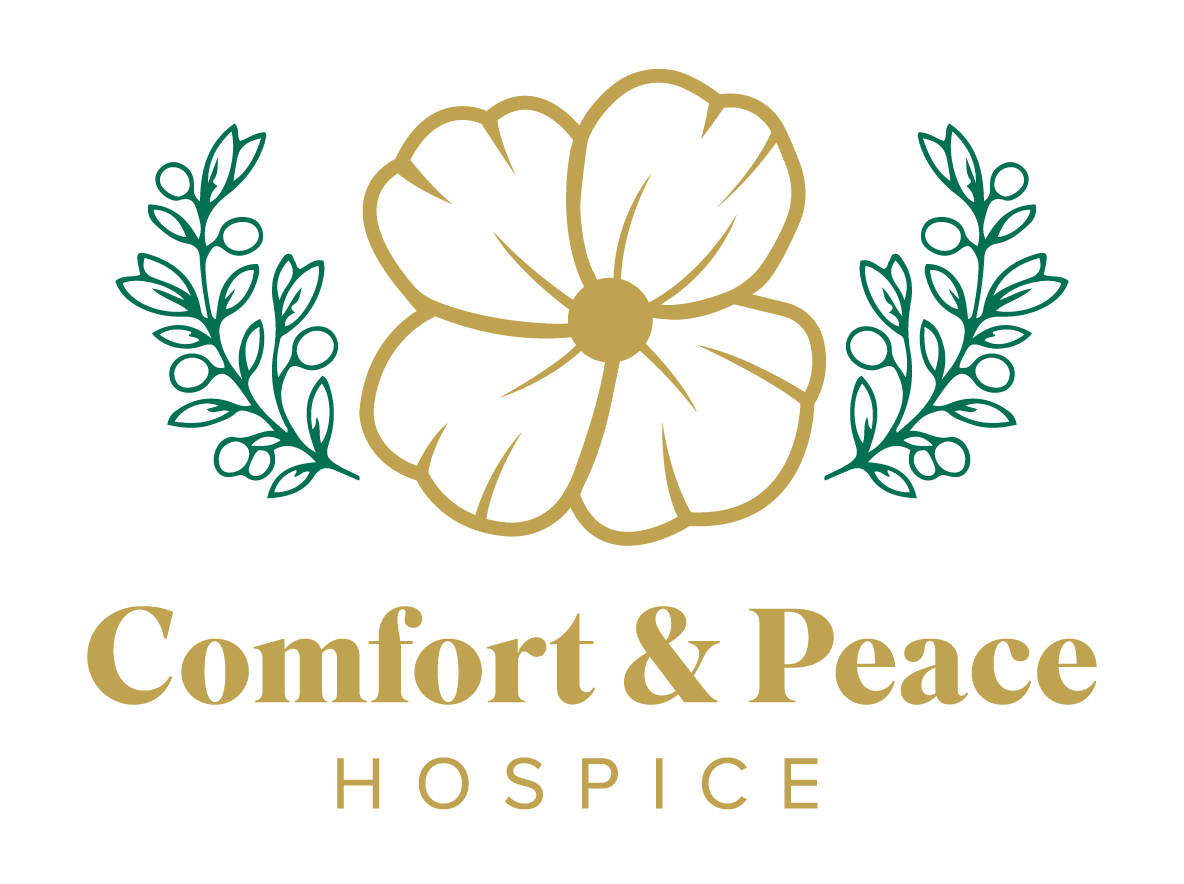There are four levels of hospice care. The level of care is highly determined by the patients conditions. The physician and hospice nurse authorize the changes in level of care.
There’s no out-of-pocket expense and all medications & equipment related to the terminal diagnosis are covered.






